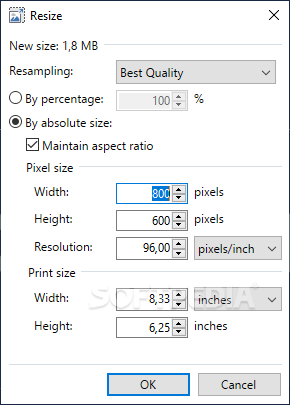
- #WINDOWS 7 FRAMEWORK UPDATE HOW TO#
- #WINDOWS 7 FRAMEWORK UPDATE UPDATE#
- #WINDOWS 7 FRAMEWORK UPDATE UPGRADE#
- #WINDOWS 7 FRAMEWORK UPDATE WINDOWS 8.1#
- #WINDOWS 7 FRAMEWORK UPDATE OFFLINE#
#WINDOWS 7 FRAMEWORK UPDATE HOW TO#
#WINDOWS 7 FRAMEWORK UPDATE OFFLINE#
NET 4.6.2 by downloading the offline installer, running setup, and choosing the repair option. NET Framework 4.6.2 is again installed, stop Exchange services using the command from step 2. NET Framework 4.6.2 is no longer being offered via Windows Update, then you may need to use the Offline Installer or the Web Installer. If it shows a version prior to 4.6.2 go to Windows Update, check for updates, and install. You may use this method to determine what version of. NET Framework and verify that it is again showing version 4.6.2.

After rebooting check the version of the.
#WINDOWS 7 FRAMEWORK UPDATE UPDATE#
On Windows 10 Anniversary Update and Windows Server 2016 you can find this as Update for Microsoft Windows (KB3186568) under Installed Updates in Control Panel.Ĥ.
#WINDOWS 7 FRAMEWORK UPDATE WINDOWS 8.1#

Depending on your operating system you may be looking for slightly different package names to uninstall. (Test-ServiceHealth).ServicesRunning | %ģ. You can run the following cmdlet from Exchange Management Shell to accomplish this: Stop all running services related to Exchange. NET Framework 4.7 and has not rebooted yet, then reboot now to allow the installation to complete.Ģ. NET Framework you are attempting to roll back to if it is something other than. This may mean using different offline/web installers or looking for different names in Windows Update based on the version of. NET Framework you need to roll back to and update the steps below accordingly. NET Framework 4.7, then please refer to the Exchange Supportability Matrix to validate what version of.
#WINDOWS 7 FRAMEWORK UPDATE UPGRADE#
NET Framework other than 4.6.2 or an older version of Exchange prior to the upgrade of. NET Framework 4.7 at the time this article was drafted. NET Framework 4.6.2 prior to the upgrade to. Note: These instructions assume you are running the latest Exchange 2016 Cumulative Update or the latest Exchange 2013 Cumulative Update as well as. NET Framework 4.7 was already installed, we recommend you back to. Information on how this block can be accomplished can be found in article 4024204, How to temporarily block the installation of the. NET Framework 4.7, but in the meantime, please delay this particular. NET team to ensure that Exchange customers have a smooth transition to. NET Framework 4.7 is supported with Exchange Server. We will be sure to release additional information and update the Exchange supportability matrix when. NET Framework 4.7, but the work is not yet complete. We are in the process of validating Exchange Server on the. NET Framework 4.7 to Windows Update for client and server operating systems it supports. We wanted to post a quick note to call out that our friends in. Net Framework 4.7 has shipped and that we are still validating this release with Exchange Server. (((name of it = "Win7" OR name of it = "Win2008R2") AND service pack major version of it = 1) OR (((name of it = "Win8.1" OR name of it = "Win8" AND value "CurrentVersion" of key "HKEY_LOCAL_MACHINE\SOFTWARE\Microsoft\Windows NT\CurrentVersion" of native registry as string is "6.Update : Added a clarification that. It starts with "Win20" or it = "Win2016" or it = "Win2019" Of key "HKEY_LOCAL_MACHINE\SOFTWARE\Microsoft\Windows NT\CurrentVersion" of native registry It starts with "Win" AND it does not start with "Win20"Įxists value "CurrentMajorVersionNumber" of it AND value "CurrentMajorVersionNumber" of it as integer = 10 OR name of it = "Win2012" OR name of it = "Win2012R2" Name of it = "Win8.1" OR name of it = "Win8" AND value "CurrentVersion" of key "HKEY_LOCAL_MACHINE\SOFTWARE\Microsoft\Windows NT\CurrentVersion" of native registry as string is "6.3" Name of it = "Win7" OR name of it = "Win2008R2"


 0 kommentar(er)
0 kommentar(er)
